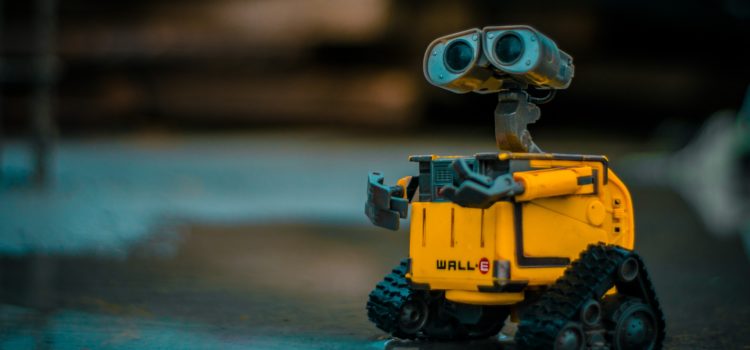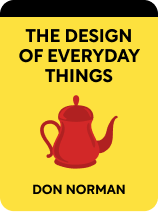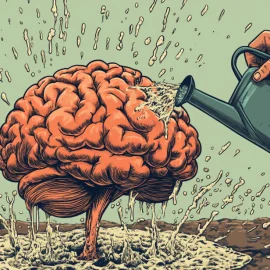

This article is an excerpt from the Shortform book guide to "The Design of Everyday Things" by Don Norman. Shortform has the world's best summaries and analyses of books you should be reading.
Like this article? Sign up for a free trial here .
Do you want to know how to prevent error in your designs? Are there strategies in design thinking that can help you?
Learning how to prevent error not only makes better designs but also creates safer designs. But in order to learn how to prevent error, you first need to learn what causes errors.
Read more about what causes errors and how to prevent error using design thinking.
How to Prevent Error: Learn What Causes It
Is there a way to learn how to prevent error? Yes—first you need to learn what causes is and then address system errors is to determine the underlying cause. Broadly speaking, there are two main causes of error: system designs that fail to account for basic human traits, and the social environment of the users in those systems.
Systems Built for Perfect Humans
Every person is different, but we all have nearly identical underlying needs and tendencies. We don’t focus well when we’re tired, hungry, bored, or upset; we can only remember a small amount of new information at a time without a chance to absorb it; we struggle to focus intently for long stretches of time. These are normal human traits, but when something goes wrong, they’re quickly reclassified as “errors.” In order to truly prevent dangerous accidents, we need machines and systems that not only function properly, but are designed in a way that accounts for human nature.
All of these qualities come into play in cases of interruption. Interruption is a major cause of error, and is important to consider when you’re trying to figure out how to prevent error. As a rule, humans struggle to efficiently pivot between different types of tasks. Most of us have experienced being interrupted while working intently, only to turn back to the task and think “what was I just doing?” Important information can be lost this way, especially when systems are designed for continuous focus (automatic session timeouts on certain website pages are an example of this). Multitasking is also a form of interruption, since we are asking the brain to quickly switch focus between multiple tasks.
Like all causes of error, interruptions and multitasking are especially dangerous in high-risk environments like medicine and aviation. To prevent interruption, the Federal Aviation Authority (FAA) requires a “Sterile Cockpit Configuration” during take-off and landing, meaning pilots are prohibited from discussing anything other than the task at hand.
Even systems that are designed for humans and machines to work in tandem can have problems. Norman calls this “the paradox of automation,” where technology can easily take over tasks that are simple for humans but fails on complex tasks when humans need it most. We learn to rely on technology to the point that we no longer monitor the situation, so when the system fails, it does so with no warning and often with major consequences.
The Social Context of Error
The social environment plays a massive role in understanding error. In corporate environments, economic pressure is often the culprit. The larger the system, the more expensive it is to shut down even temporarily to investigate and fix errors. The pressure to keep things running as usual is called time stress, which is a major cause of accidents. This is another major factor when thinking about how to prevent error.
Social and economic pressures played a critical role in the Tenerife airport disaster, a 1977 crash in the Canary Islands that remains the deadliest accident in aviation history. The accident involved two planes: one taking off before receiving clearance, the other taxiing down the runway at the wrong time due to miscommunication with air traffic control. The first plane had been rerouted and delayed, and the captain decided to take off early to get ahead of a heavy fog rolling in, ignoring the objections of the first officer. The crew of the second plane questioned the order from air traffic controllers to taxi on the runway, but it obeyed anyway. Social hierarchy and economic pressure to keep things moving led both crews to make critical mistakes, ultimately costing 583 lives.
Why should designers care about social context? Although it may not seem obvious, social pressures are a design issue. They affect the way we think, feel, and behave, ultimately influencing how we interact with the environment. Beyond that, social systems themselves are often the product of design, since they are shaped by institutional rules, hiring practices, traditions, and choices.

———End of Preview———
Like what you just read? Read the rest of the world's best book summary and analysis of Don Norman's "The Design of Everyday Things" at Shortform .
Here's what you'll find in our full The Design of Everyday Things summary :
- How psychology plays a part in the design of objects you encounter daily
- Why pushing a door that was meant to be pulled isn't your fault
- How bad design leads to more human errors






